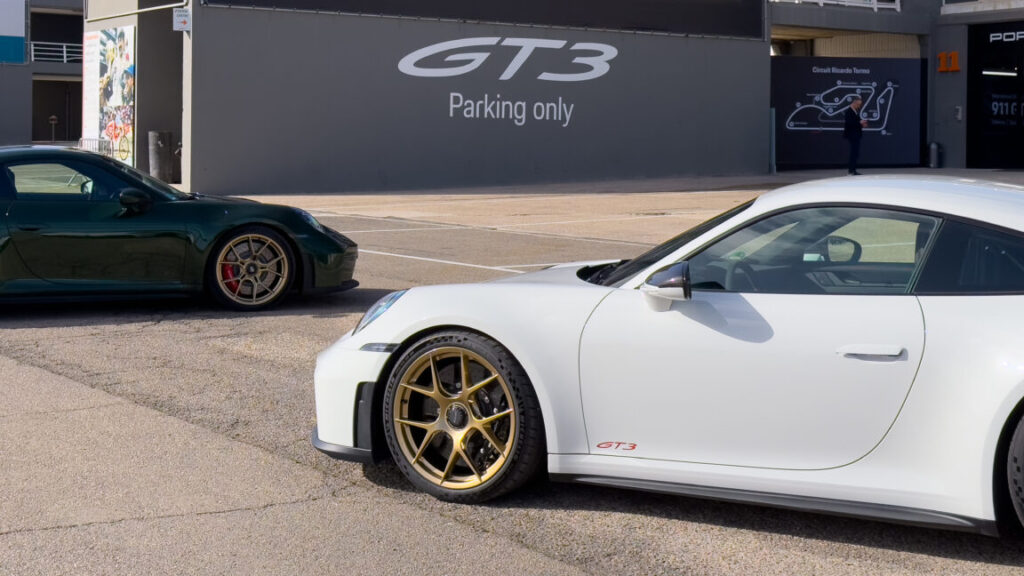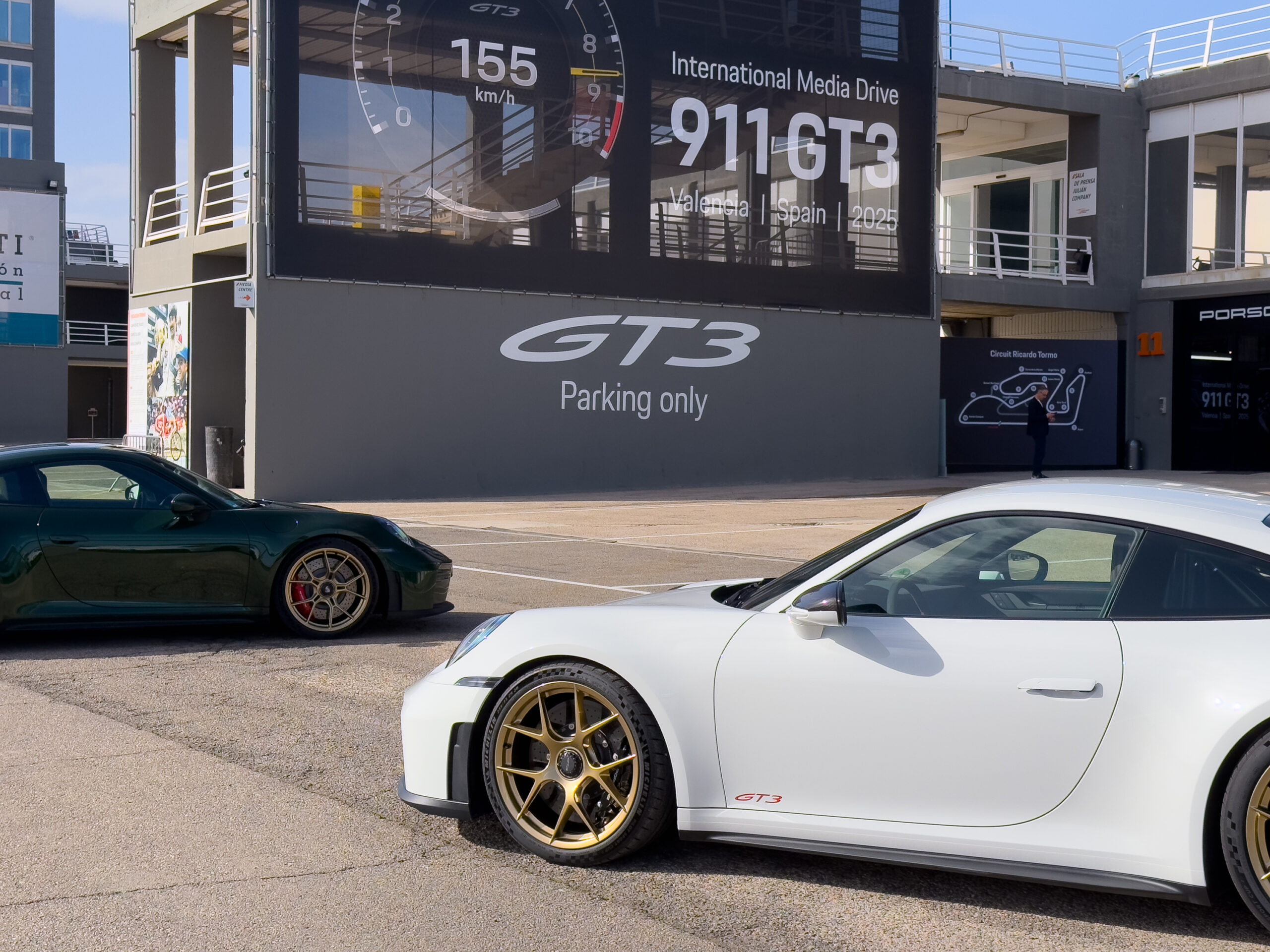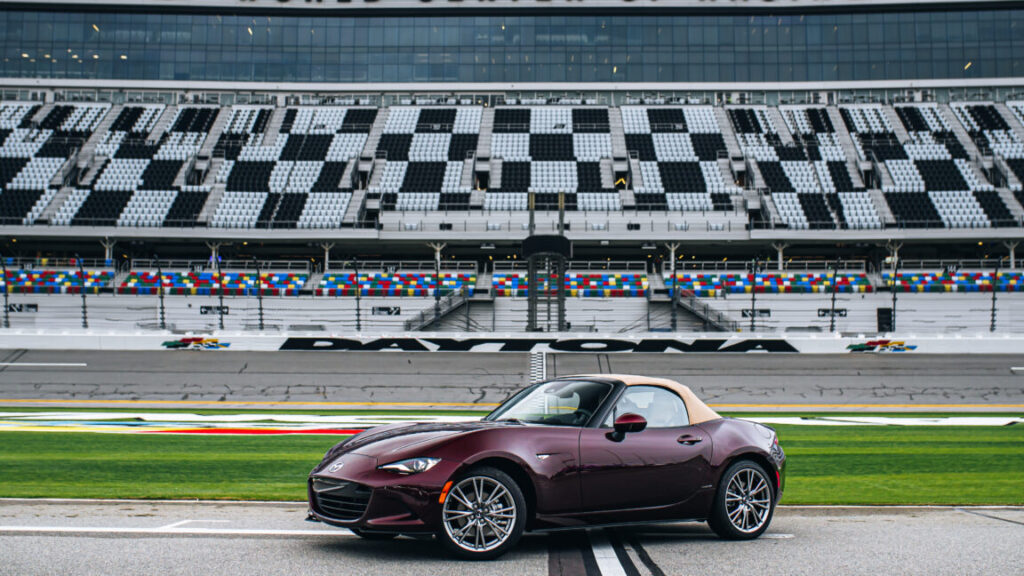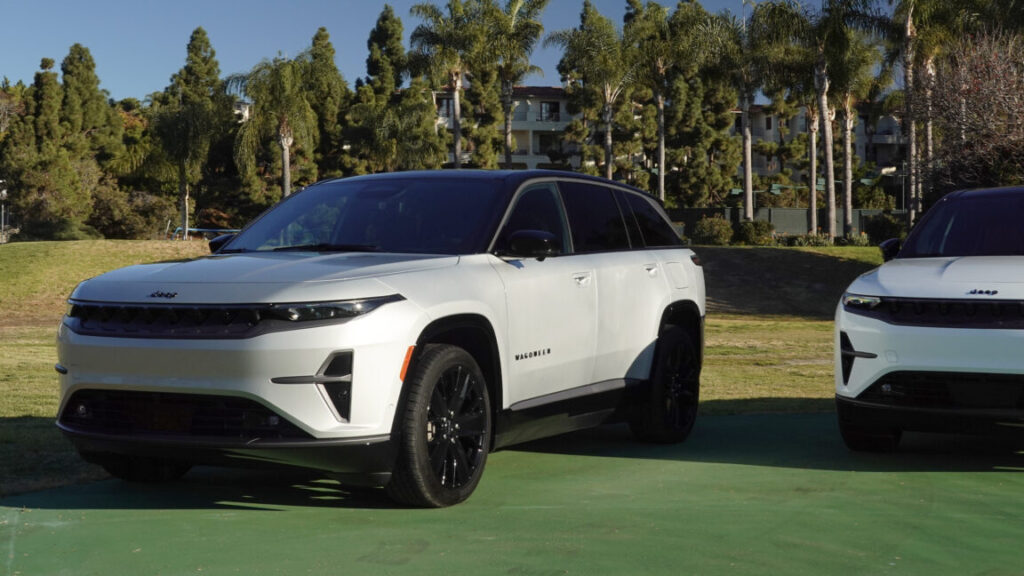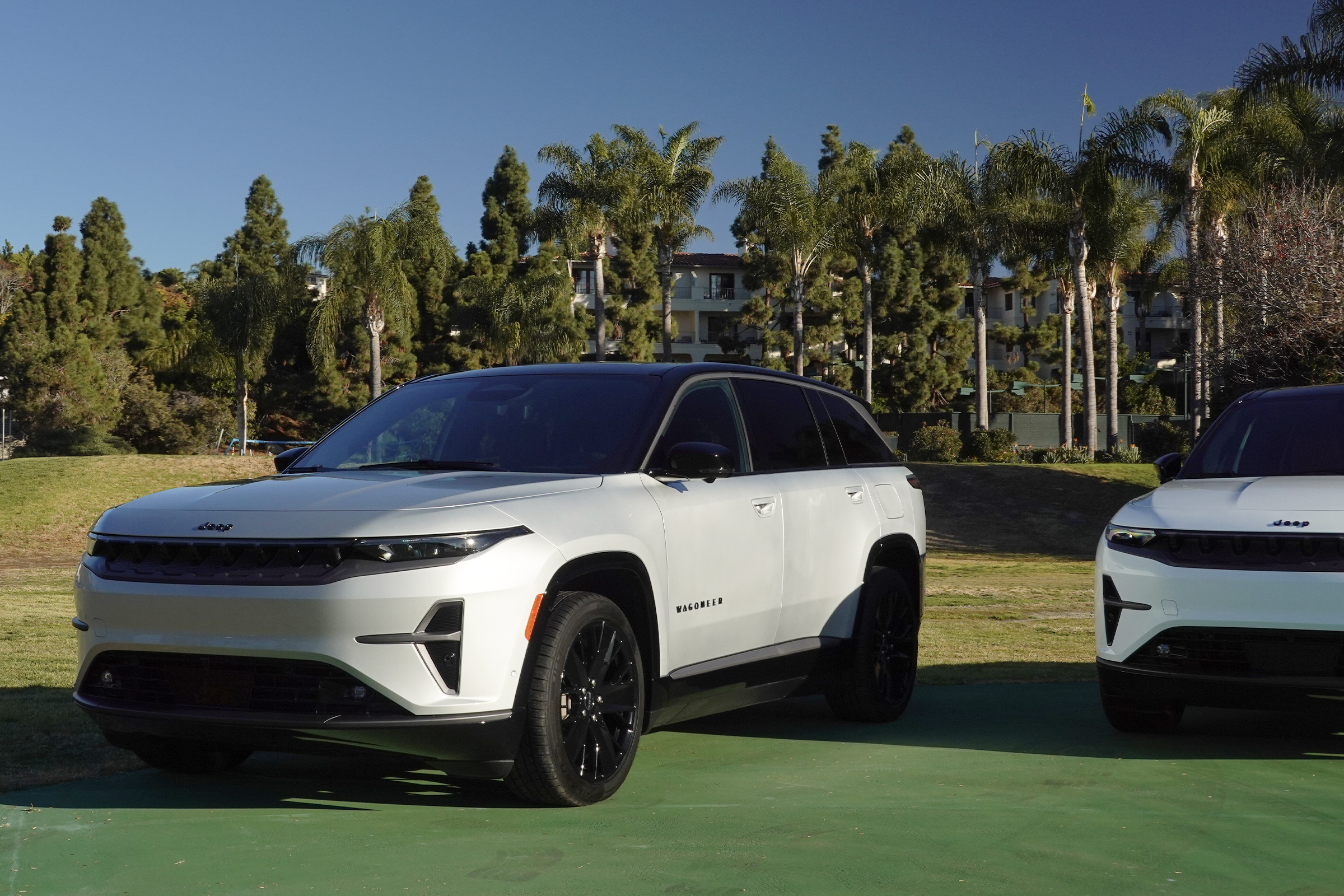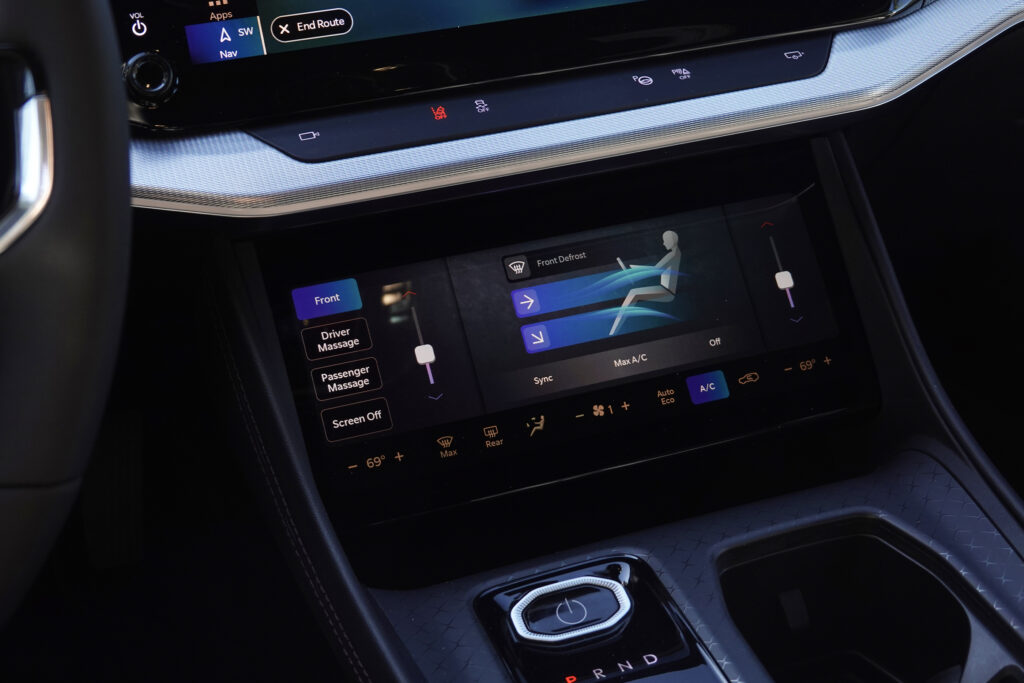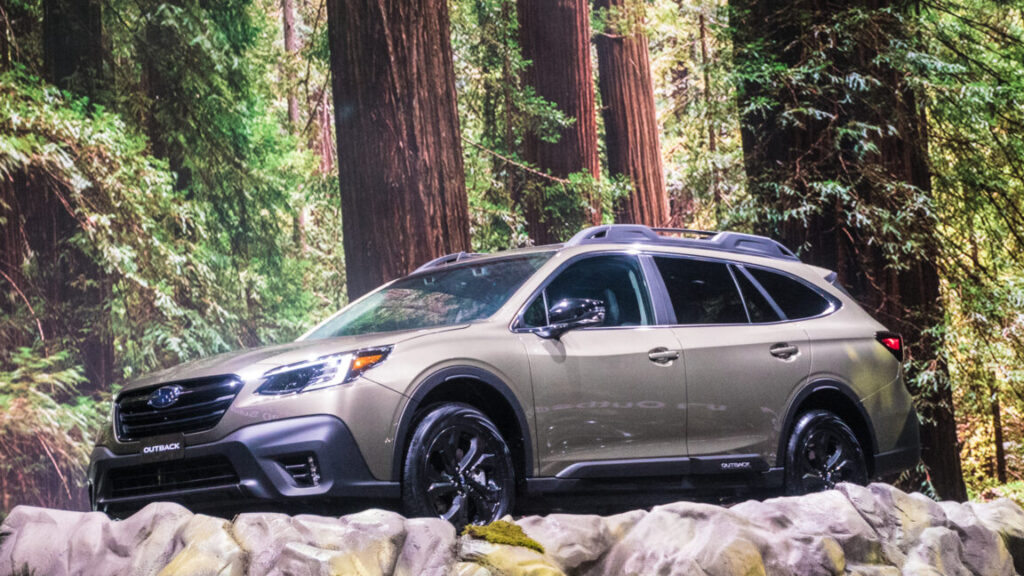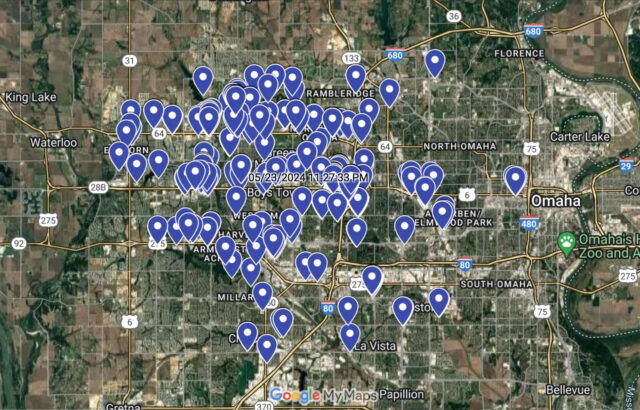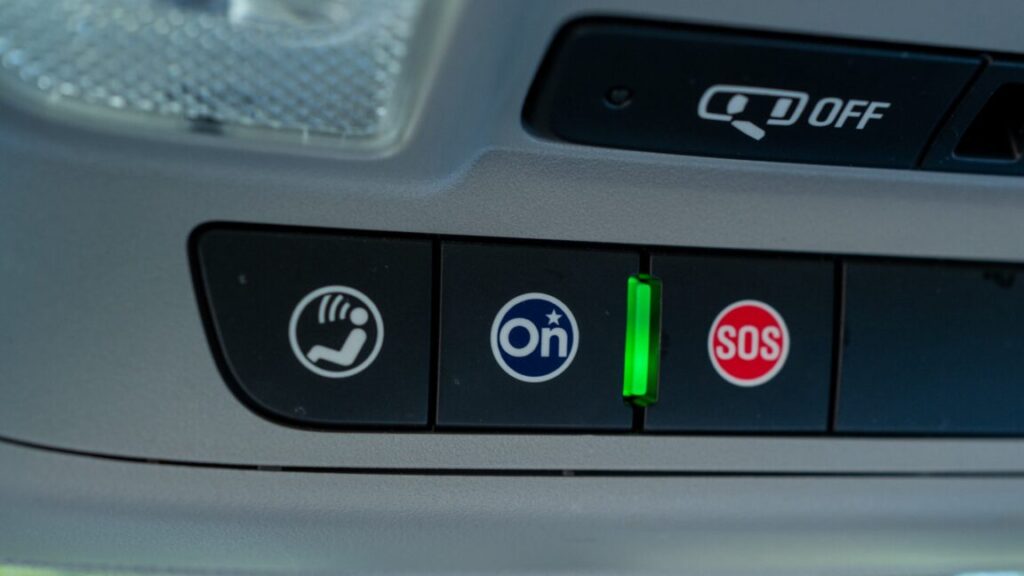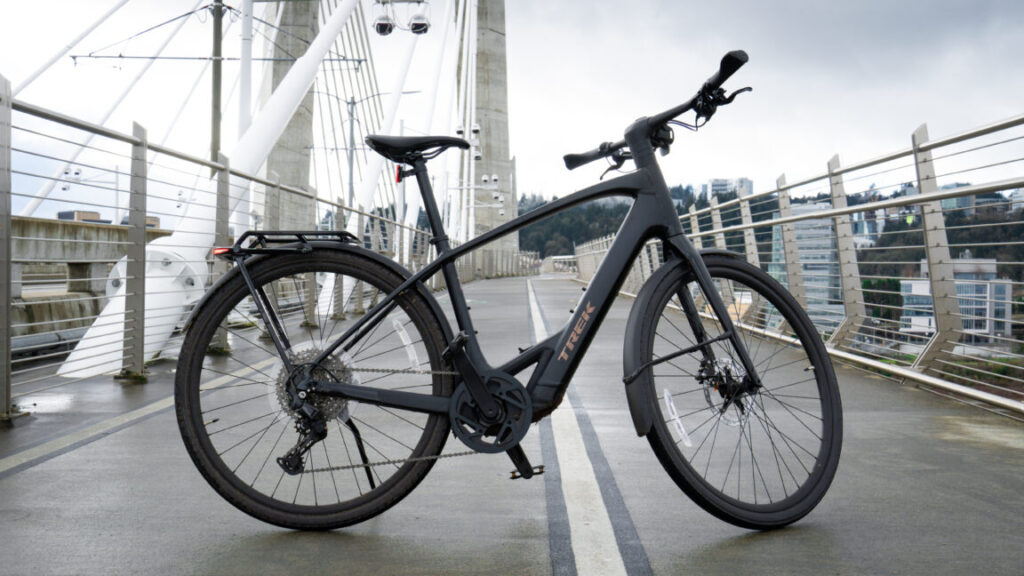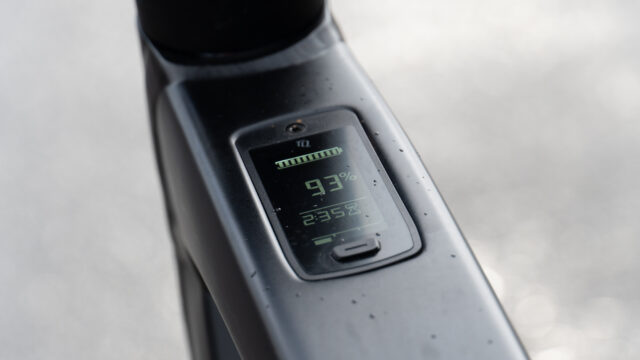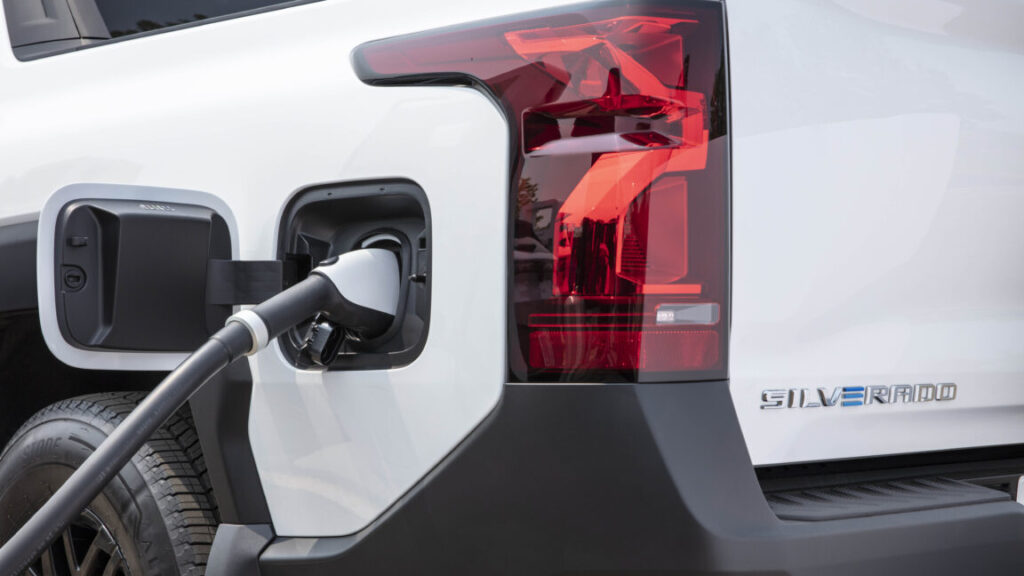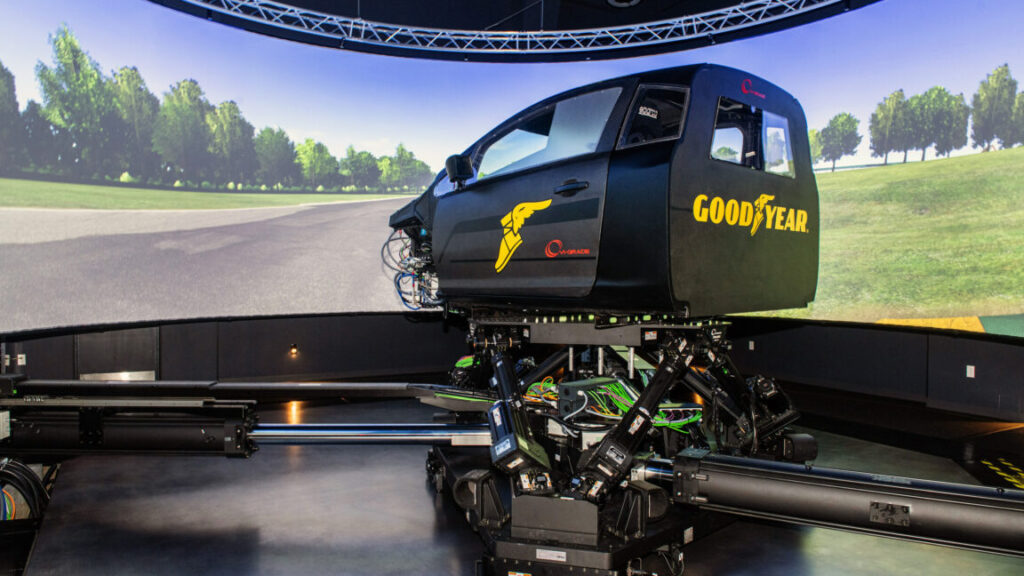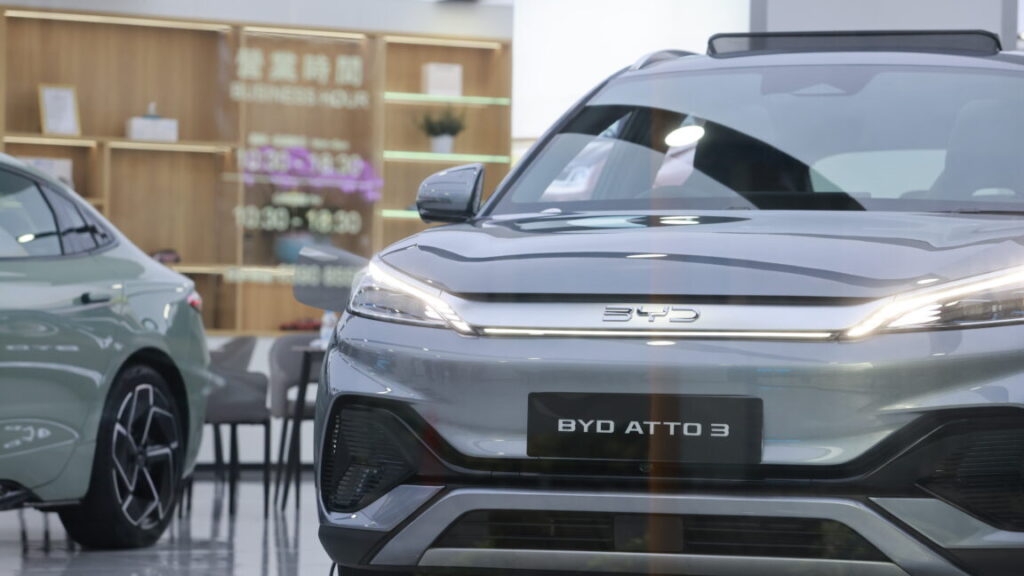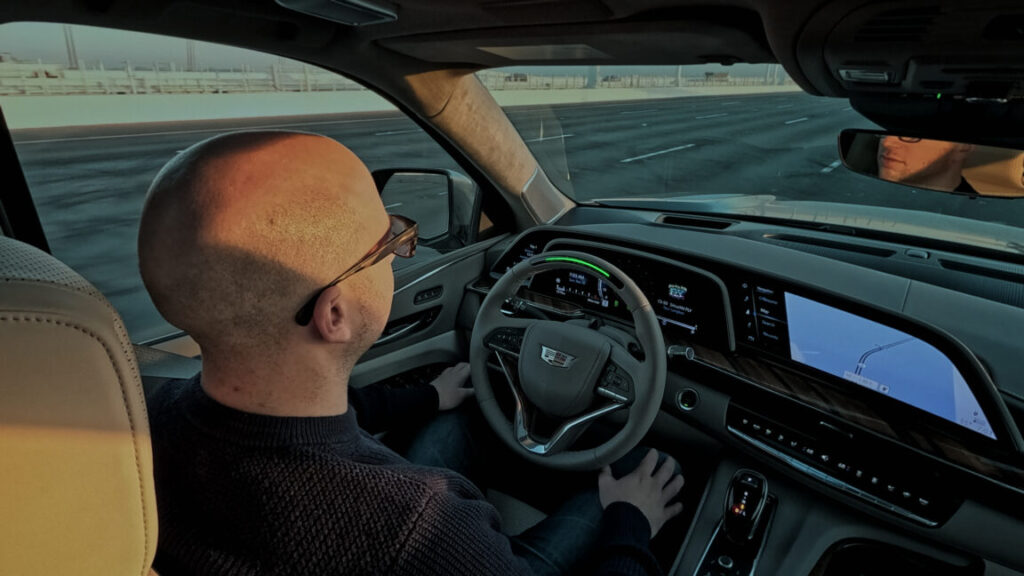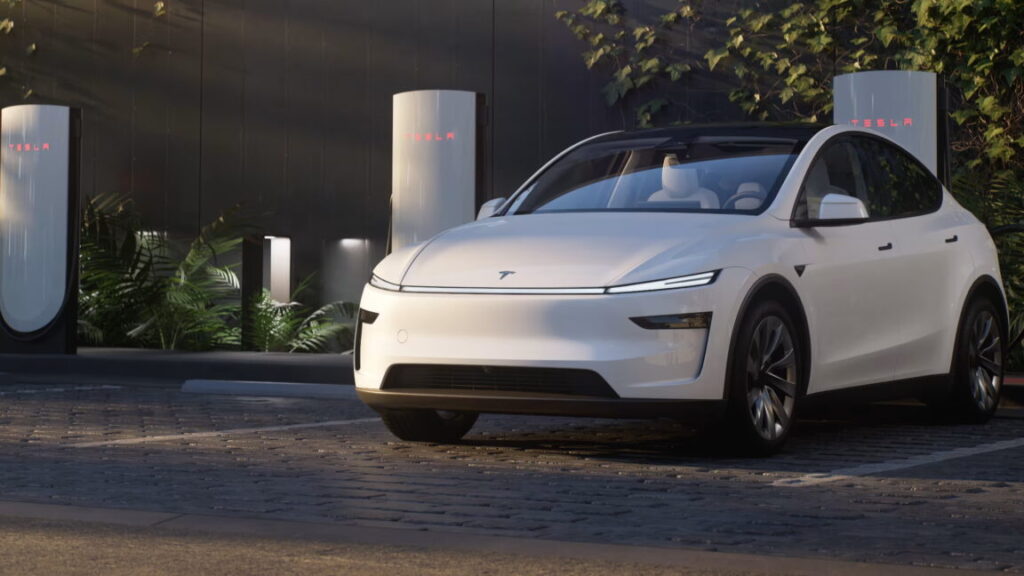Weight saving and aero optimization feature in the 2025 Porsche 911 GT3
VALENCIA, SPAIN—A Porsche 911 is rather special compared to most “normal” cars. The rear-engined sports car might be bigger and less likely to swap ends than the 1960s version, but it remains one of the more nimble and engaging four-wheeled vehicles you can buy. The 911 comes in a multitude of variants, but among driving enthusiasts, few are better regarded than the GT3. And Porsche has just treated the current 911 GT3 to its midlife refresh, which it will build in regular and Touring flavors.
The GT3 is a 911 you can drive to the track, spend the day lapping, and drive home again. It’s come a long way since the 1999 original—that car made less power than a base 911 does now. Now, the recipe is a bit more involved, with a naturally aspirated flat-six engine mounted behind the rear axle that generates 502 hp (375 kW) and 331 lb-ft (450 Nm) and a redline that doesn’t interrupt play until 9,000 rpm. You’ll need to exercise it to reach those outputs—peak power arrives at 8,500, although peak torque happens a bit sooner at around 6,000 revs.
It’s a mighty engine indeed, derived from the racing version of the 911, with some tweaks for road legality. So there are things like individual throttle valves, dry sump lubrication, solid cam finger followers (instead of hydraulic valve lifters), titanium con rods, and forged pistons.
I’ve always liked GT3s in white.
For this car, Porsche has also worked on reducing its emissions, fitting four catalytic converters to the exhaust, plus a pair of particulate filters, which together help cut NOx emissions on the US test cycle by 44 percent. This adds 3 lbs (1.4 kg) of mass and increases exhaust back pressure by 17 percent. But there are also new cylinder heads and reprofiled camshafts (from the even more focused, even more expensive GT3 RS), which increase drivability and power delivery in the upper rev range by keeping the valves open for longer.
Those tweaks might not be immediately noticeable when you look at last year’s GT3, but the shorter gearing definitely will be. The final drive ratios for both the standard seven-speed PDK dual-clutch gearbox and the six-speed manual have been reduced by 8 percent. This lowers the top speed a little—a mostly academic thing anyway outside of the German Autobahn and some very long runways—but it increases the pulling force on the rear wheels in each gear across the entire rev range. In practical terms, it means you can take a corner in a gear higher than you would in the old car.
There have been suspension tweaks, too. The GT3 moved to double front wishbone suspension (replacing the regular car’s MacPherson struts) in 2021, but now the front pivot point has been lowered to reduce the car diving under braking, and the trailing arms have a new teardrop profile that improves brake cooling and reduces drag a little. Porsche has altered the bump stops, giving the suspension an inch (24 mm) more travel at the front axle and slightly more (27 mm) at the rear axle, which in turn means more body control on bumpy roads.
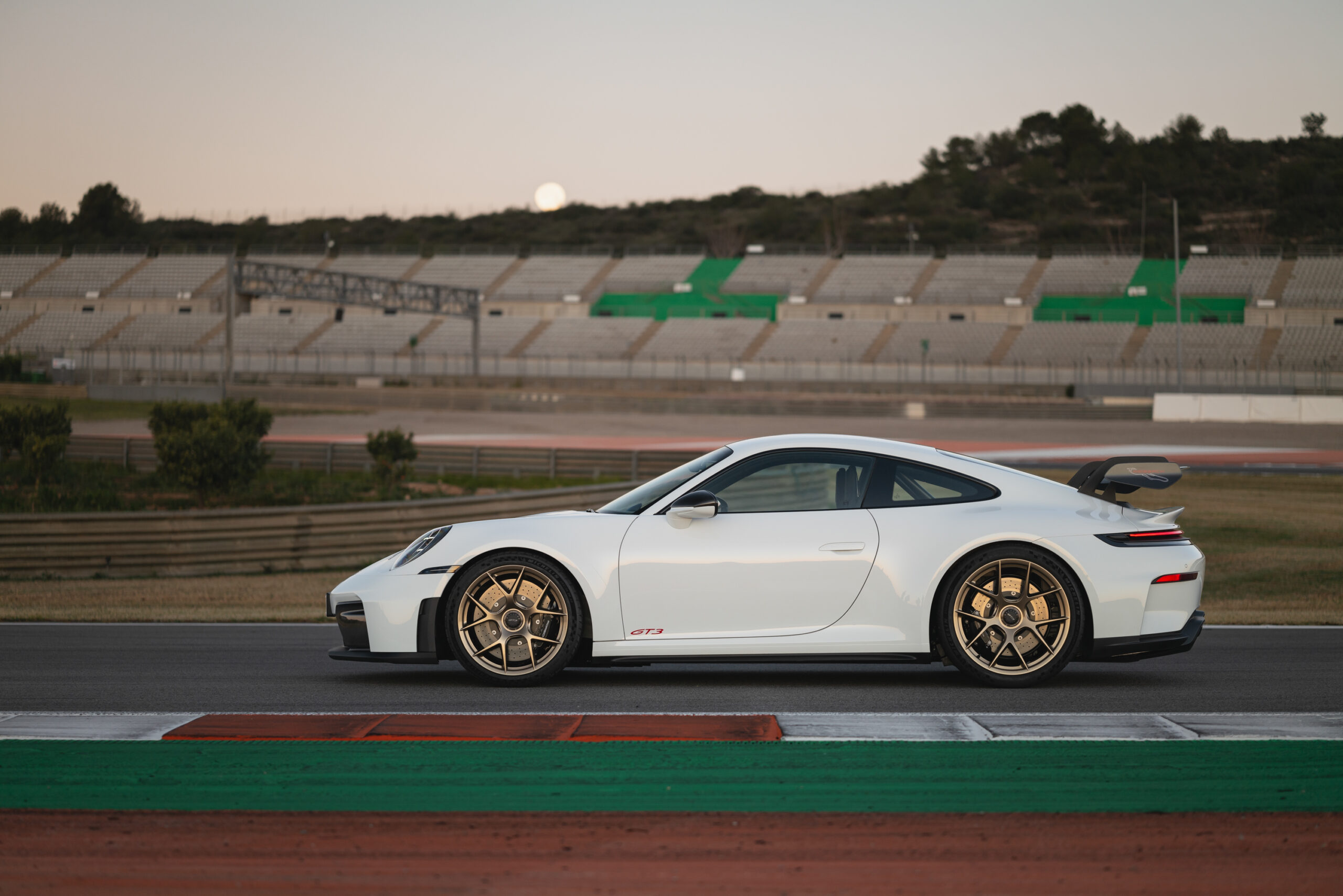
Credit: Porsche
New software governs the power steering. Because factors like manufacturing tolerances, wear, and even temperature can alter how steering components interact with each other, the software automatically tailors friction compensation to axle friction. Consequently, the steering is more precise and more linear in its behavior, particularly in the dead-ahead position.
The GT3 also has new front and rear fascias, again derived from the racing GT3. There are more cooling inlets, vents, and ducts, plus a new front diffuser that reduces lift at the front axle at speed. Porsche has tuned the GT3’s aerodynamics to be constant across the speed range, and like the old model, it generates around 309 lbs (140 kg) of downforce at 125 mph (200 km/h). Under the car, there are diffusers on the rear lower wishbones, and Porsche has improved brake and driveshaft cooling.
Finally, Porsche has made some changes to the interior. For instance, the GT3 now gains the same digital display seen on other facelifted 911s (the 992.2 generation if you’re a Porsche nerd), similar to the one you’d find in a Taycan, Macan, or Panamera.
Some people may mourn the loss of the big physical tachometer, but I’m not one of them. The car has a trio of UI settings: a traditional five-dial display, a more reduced three-dial display, and a track mode with just the big central tach, which you can reorient so the red line is at 12 o’clock, as was the case with many an old Porsche racing car, rather than its normal position down around 5 o’clock. And instead of a push button to start the car, there’s a twister—if a driver spins on track, it’s more intuitive to restart the car by twisting the control the way you would a key.
You can see the starter switch on the left of the steering wheel. Porsche
Finally, there are new carbon fiber seats, which now have folding backrests for better access to the rear. (However, unless I’m mistaken, you can’t adjust the angle of the backrest.) In a very clever and welcome touch, the headrest padding is removable so that your head isn’t forced forward when wearing a helmet on track. Such is the attention to detail here. (Customers can also spec the car with Porsche’s 18-way sports seats instead.)
Regular, Touring, Lightweight, Wiessach
In fact, the new GT3 is available in two different versions. There’s the standard car, with its massive rear wing (complete with gooseneck mounts), which is the one you’d pick if your diet included plenty of track days. For those who want a 911 that revs to 9 but don’t plan on spending every weekend chasing lap times, Porsche has reintroduced the GT3 Touring. This version ditches the rear wing for the regular 911 rear deck, the six-speed manual is standard (with PDK as an option), and you can even specify rear seats—traditionally, the GT3 has eliminated those items in favor of weight saving.
Of course, it’s possible to cut even more weight from the GT3 with the Weissach Pack for the winged car or a lightweight package for the Touring. These options involve lots of carbon fiber bits for the interior and the rear axle, a carbon fiber roof for the Touring, and even the option of a carbon fiber roll cage for the GT3. The lightweight package for the touring also includes an extra-short gear lever with a shorter throw.
The track mode display might be too minimalist for road driving—I tend to like being able to see my directions as well as the rpm and speed—but it’s perfect for track work. Note the redline at 12 o’clock. Porsche
Although Porsche had to add some weight to the 992.2 compared to the 992.1 thanks to thicker front brake discs and more door-side impact protection, the standard car still weighs just 3,172 lbs (1,439 kg), which you can reduce to 3,131 lbs (1,420 kg) if you fit all the lightweight goodies, including the ultra-lightweight magnesium wheels.
Behind the wheel
I began my day with a road drive in the GT3 Touring—a PDK model. Porsche wasn’t kidding about the steering. I hesitate to call it telepathic, as that’s a bit of a cliché, but it’s extremely direct, particularly the initial turn-in. There’s also plenty of welcome feedback from the front tires. In an age when far too many cars have essentially numb steering, the GT3 is something of a revelation. And it’s proof that electronic power steering can be designed and tuned to deliver a rewarding experience.
The cockpit ergonomics are spot-on, with plenty of physical controls rather than relegating everything to a touchscreen. If you’re short like me and you buy a GT3, you’ll want to have the buckets set for your driving position—while the seat adjusts for height, as you raise it up, it also pitches forward a little, making the seat back more vertical than I’d like. (The seats slide fore and aft, so they’re not quite fixed buckets as they would be in a racing car.)
The anti-dive effect of that front suspension is quite noticeable under braking, and in either Normal or Sport mode, the damper settings are well-calibrated for bumpy back roads. It’s a supple ride, if not quite a magic carpet. On the highway, the Touring cruises well, although the engine can start to sound a little droning at a constant rpm. But the highway is not what the GT3 is optimized for.
On a dusty or wet road, you need to be alert if you’re going to use a lot of throttle at low speed. Jonathan Gitlin
On windy mountain roads, again in Normal or Sport, the car comes alive. Second and third gears are perfect for these conditions, allowing you to keep the car within its power band. And boy, does it sound good as it howls between 7,000 and 9,000 rpm. Porsche’s naturally aspirated flat-sixes have a hard edge to them—the 911 RSR was always the loudest race car in the pack—and the GT3 is no exception. Even with the sports exhaust in fruity mode, there’s little of the pops, bangs, and crackles you might hear in other sports cars, but the drama comes from the 9000 rpm redline.
Porsche asked us to keep traction control and ESC enabled during our drive—there are one-touch buttons to disable them—and given the muddy and dusty state of the roads, this was a wise idea. (The region was beset by severe flooding recently, and there was plenty of evidence of that on the route.) Even with TC on, the rear wheels would break traction if you were injudicious with the throttle, and presumably that would be the same in the wet. But it’s very easy to catch, even if you are only of moderate driving ability, like your humble correspondent.
After lunch, it was time to try the winged car, this time on the confines of the Ricardo Torno circuit just outside the city. On track, the handling was very neutral around most of the corners, with some understeer through the very slow turn 2. While a low curb weight and more than 500 hp made for a very fast accelerating car, the braking performance was probably even more impressive, allowing you to stand on the pedal and shed speed with no fade and little disturbance to the body control. Again, I am no driving god, but the GT3 was immensely flattering on track, and unlike much older 911s, it won’t try to swap ends on you when trail-braking or the like.
The landing was not nearly as jarring as you might think. Porsche
After some time behind the wheel, I was treated to some passenger laps by one of my favorite racing drivers, the inimitable Jörg Bergmeister. Unlike us journalists, he was not required to stay off the high curbs, and he demonstrated how well the car settles after launching its right-side wheels into the air over one of them. It settles down very quickly! He also demonstrated that the GT3 can be plenty oversteer-y on the exit of corners if you know what you’re doing, aided by the rear-wheel steering. It’s a testament to his driving that I emerged from two passenger laps far sweatier than I was after lapping the track myself.
The GT3 and GT3 Touring should be available from this summer in the US, with a starting price of $222,500. Were I looking for a 911 for road driving, I think I might be more tempted by the much cheaper 911 Carrera T, which is also pared to the bone weight-wise but uses the standard 380 hp (283 kW) turbocharged engine (which is still more power than the original GT3 of 1999). That car delivers plenty of fun at lower speeds, so it’s probably more useable on back roads.
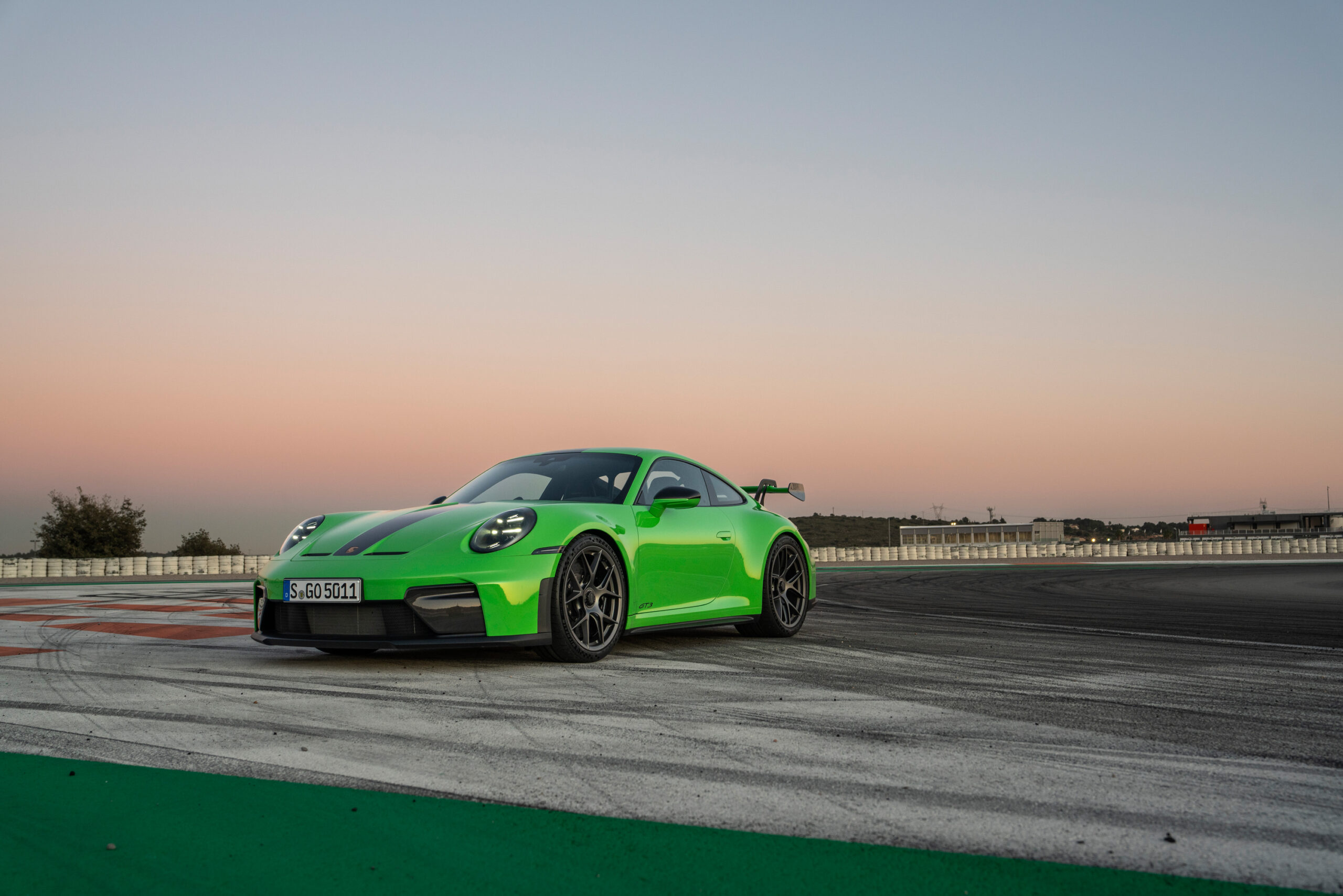
Credit: Porsche
But if you want a 911 for track work, this new GT3 is simply perfect.
Weight saving and aero optimization feature in the 2025 Porsche 911 GT3 Read More »
